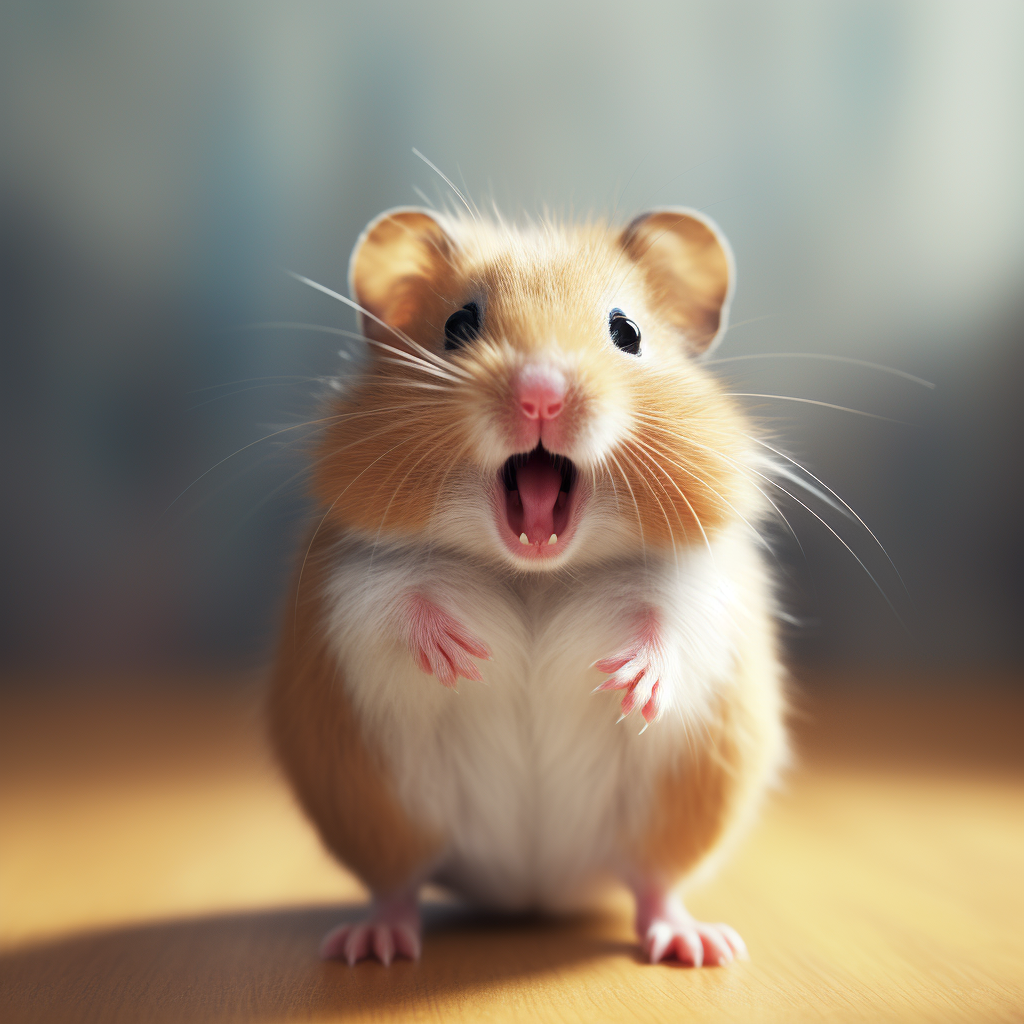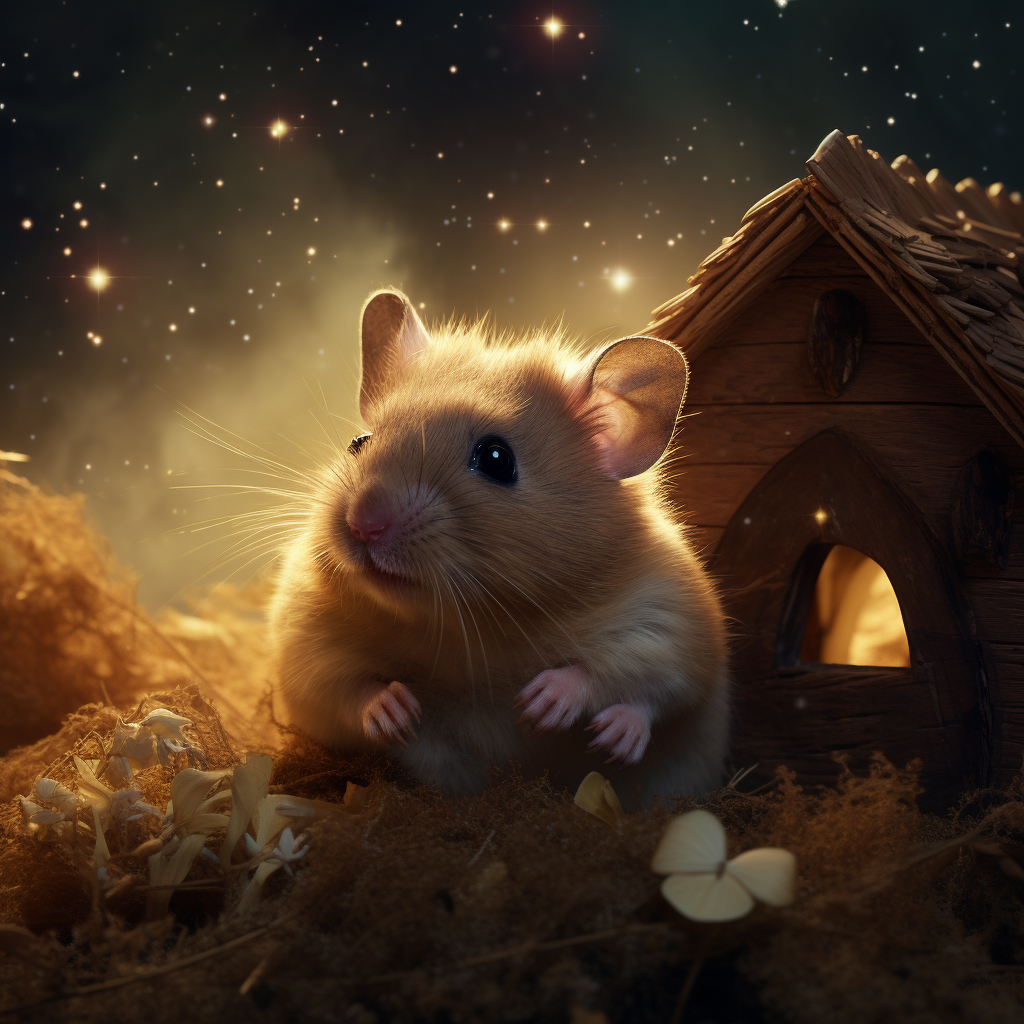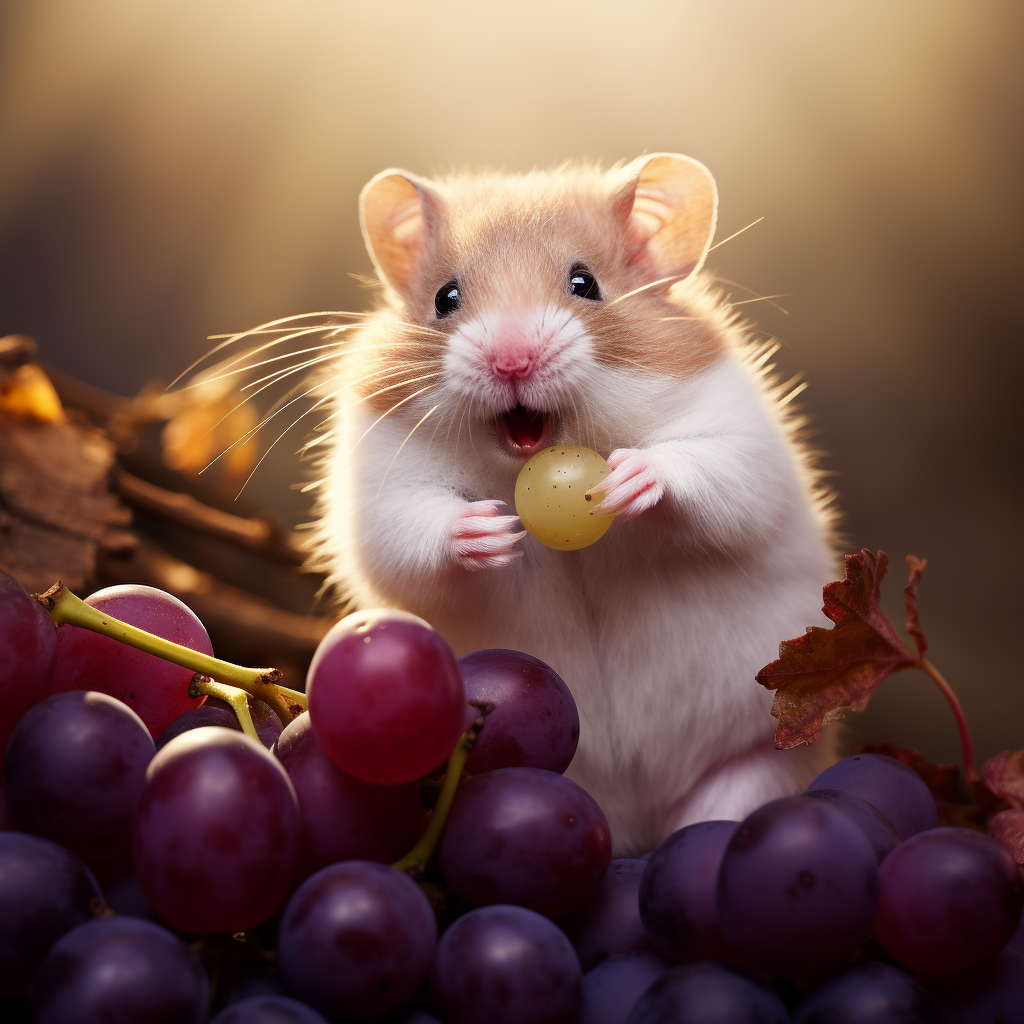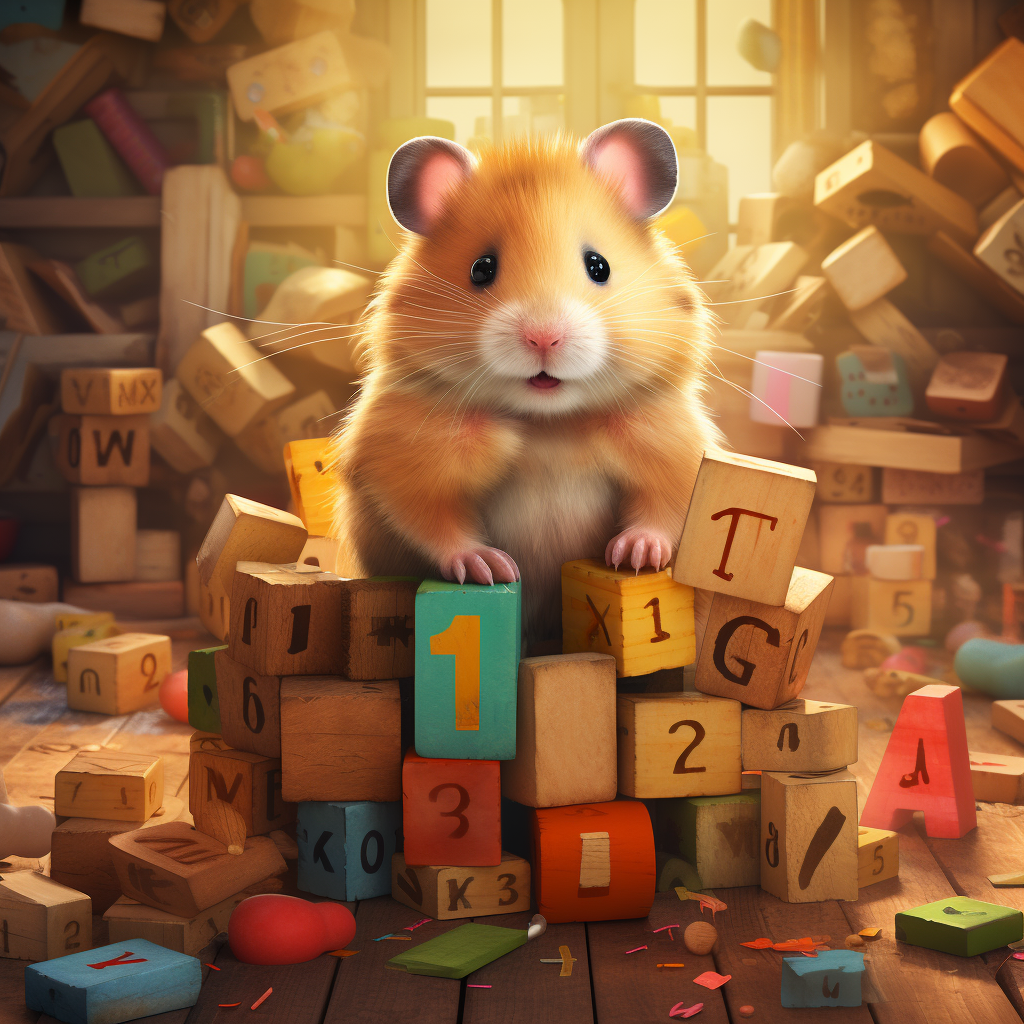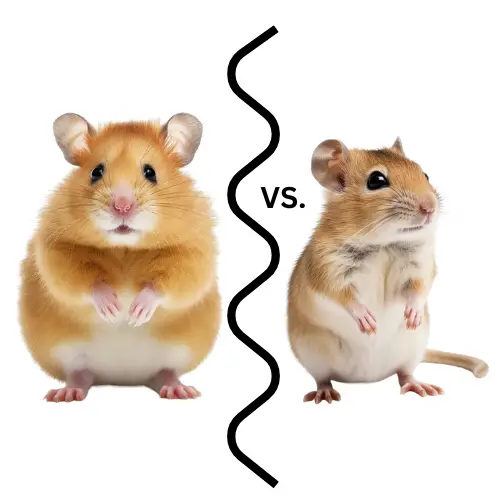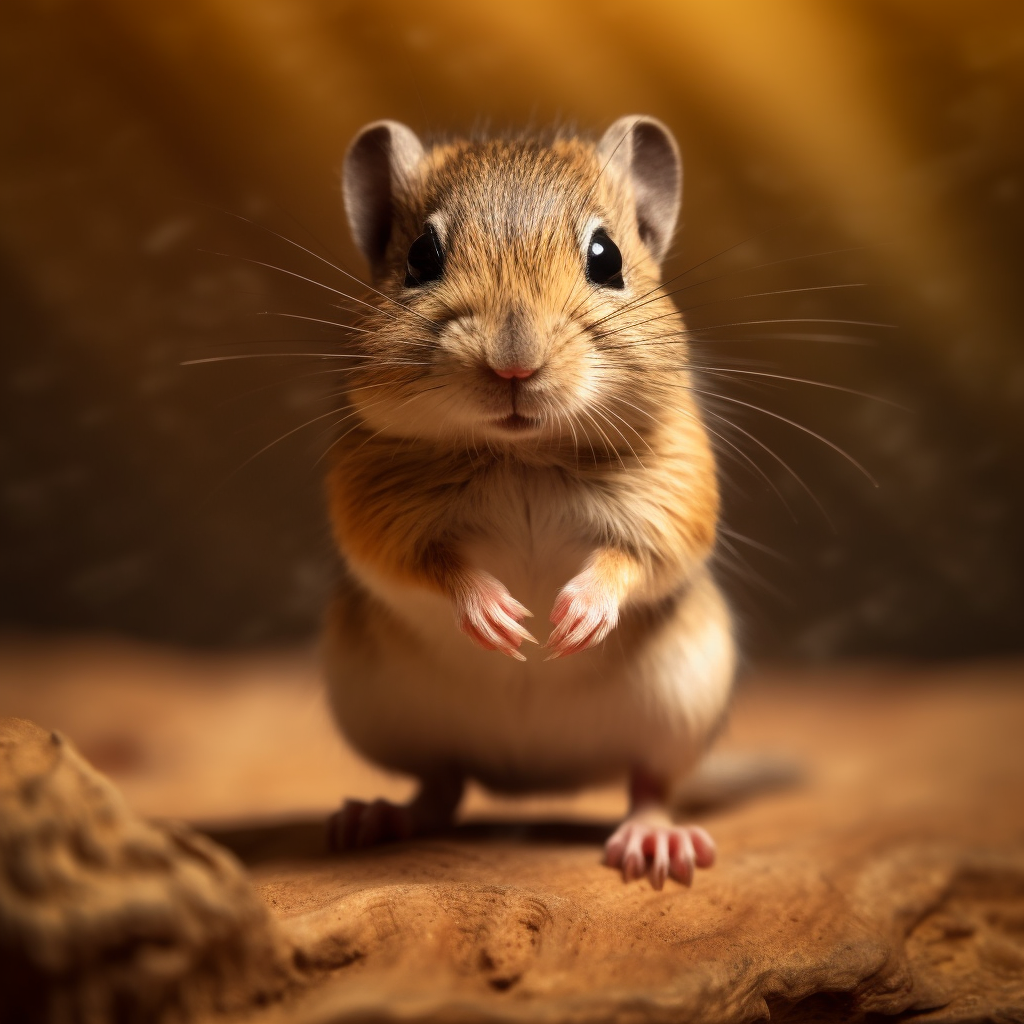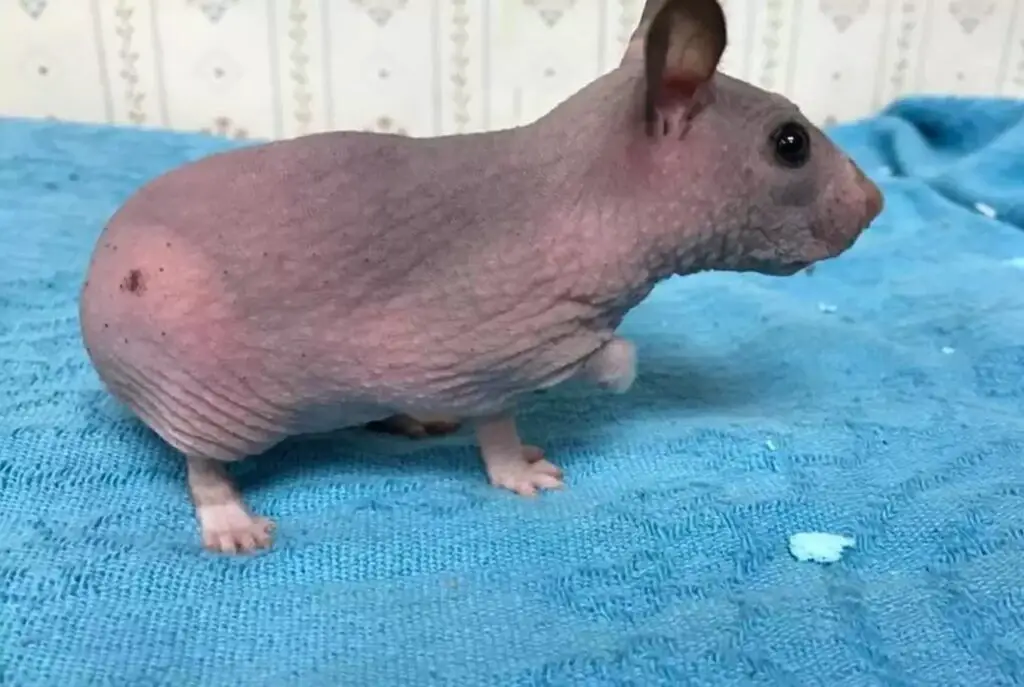Introduction
Welcoming a hamster into your home is like opening a door to a world of wonder and delight. These tiny, whiskered bundles of energy are more than just pets; they’re companions who bring a unique charm to our daily lives. One of the most fascinating aspects of hamster ownership is the array of sounds these adorable creatures make. From hamster chirps to urgent squeaks, each sound is a window into their tiny, yet complex world. Many hamster owners find themselves intrigued by these vocalizations, pondering over what their furry friend might be trying to communicate.
Understanding these sounds is not just a matter of curiosity—it’s a key element in providing the best care and forging a deeper bond with your pet. This blog post dives into the symphony of hamster sounds, decoding their meanings and helping you understand your pet’s needs and emotions on a whole new level. So, let’s embark on this journey of discovery, where each chirp and squeak brings us closer to the hearts of our beloved hamsters.
Table of Contents
The Secret Language of Hamsters
In the fascinating world of hamsters, communication goes far beyond simple movements and expressions. These small creatures have a secret language, a language of sound, that plays a crucial role in their daily interactions and emotional expressions. Much like birds chirping or dogs barking, hamsters use a variety of sounds to convey a range of emotions and needs, from excitement and happiness to fear and aggression.
Understanding this language is essential for any hamster owner, as it provides invaluable insights into your pet’s well-being and state of mind. Hamsters aren’t just making random noises; they’re actively communicating. Their sounds can alert you to their happiness, like the soft, almost musical chirping when they’re content. Alternatively, they can express discomfort or distress, such as the sharp, persistent squeaks that might indicate fear or pain.
Each sound serves a purpose, whether it’s to express satisfaction with their environment, call for attention, or even to ward off perceived threats. By tuning into these vocal cues, owners can not only better understand their hamster’s needs but also respond more effectively to them, ensuring a happier and healthier life for their furry companion. This array of vocalizations is a testament to the complex emotional lives of these often underestimated pets.
Understanding Your Hamster’s Vocal Language Like Hamster Chirps
To truly understand what your hamster is communicating, it’s important to consider the context of their sounds. Just as humans use different tones and words depending on the situation, hamsters adjust their vocalizations based on what they’re experiencing. For instance, a soft chirp while they’re exploring their cage might indicate curiosity or pleasure, while the same sound made during feeding could express contentment with their meal. On the other hand, a series of loud squeaks when a new object is introduced into their space might signal alarm or anxiety. By paying attention to what your hamster is doing when they make certain sounds, you can start to decode their unique language.
The volume and frequency of these sounds also play a significant role in understanding your hamster’s emotions. Generally, louder and more frequent vocalizations suggest stronger emotions. A loud, continuous squeak could be a cry for help or a sign of distress, urging immediate attention. In contrast, quieter, sporadic sounds might indicate a more relaxed, contemplative state. It’s important to listen not just to the sound itself but how it’s delivered.
Moreover, just like people, every hamster has its own way of expressing itself. Some might be more vocal, chirping and squeaking at various activities throughout the day, while others might be more reserved, making it a rare occasion to hear their voice. This individual variation means that understanding your hamster’s vocal language requires time and patience, as you learn to interpret the specific sounds of your unique pet. Some hamsters might use a wider range of sounds, while others might rely more on body language with minimal vocal communication. This individuality adds to the charm and challenge of truly understanding and connecting with your pet on a deeper level.

Responding to Your Hamster’s Sounds
Comforting a Distressed Hamster: When your hamster emits sounds of distress, such as loud, continuous squeaks, it’s a clear sign they need your attention. The first step is to gently assess the situation. Ensure that their environment is safe and free from any immediate threats, like other pets or loud noises. Speak to them in a soft, soothing tone. Sometimes, just knowing you’re nearby can calm a distressed hamster. If they’re in their cage, try offering a treat or placing a familiar, comforting item like a small piece of cloth with your scent on it. Remember, patience is key. Avoid sudden movements or trying to handle them immediately, as this can increase their stress.
Encouraging Positive Sounds: Positive vocalizations, like gentle chirping, are signs of a content and happy hamster. Encourage these sounds by creating a stimulating and comfortable environment. This includes having a well-set-up cage with plenty of space, toys, and hiding places. Regular, gentle interaction, like talking to your hamster and offering treats by hand, can also promote positive sounds, reinforcing the bond between you and your pet.
Recognizing Warning Sounds: Aggressive noises such as hissing or teeth chattering are a hamster’s way of saying they need space. It’s crucial to respect these boundaries and give them time to calm down. Trying to handle a hamster making these sounds can lead to stress for the hamster and potential bites. Use these sounds as cues to assess their environment for stressors, and make changes as necessary.
Health Concerns: Changes in your hamster’s vocalizations, especially if they’re unusual for them, can sometimes indicate health concerns. For instance, a sudden increase in squeaking could suggest pain or discomfort. If you notice significant changes in the type or frequency of sounds, especially if accompanied by other symptoms like lethargy or changes in eating habits, it’s important to consult a veterinarian. [Insert link to a reputable pet health resource]
By understanding and appropriately responding to your hamster’s sounds, you not only ensure their well-being but also deepen the bond you share with your furry friend.
The Role of Body Language:
Understanding a hamster’s sounds is closely intertwined with observing their body language. These two forms of communication often go hand-in-hand, providing a fuller picture of your pet’s emotional state. For instance, a hamster that is chirping while standing on its hind legs might be expressing curiosity or excitement, whereas one that is squeaking while crouched or backed into a corner might be signaling fear or distress. Observing how your hamster behaves while making certain sounds can give you a better understanding of their needs and feelings. Look for cues like posture, ear position, and activity level in conjunction with their sounds for a more accurate interpretation of their mood and well-being.
Creating a Happy Environment for Your Hamster:
A happy and healthy hamster is often a quiet one. To promote a sense of well-being in your pet, ensure their habitat is a safe and comfortable haven. This includes a spacious cage with proper bedding, areas to hide, and ample opportunities for exercise, like a running wheel and tunnels. Regular cleaning of their cage to maintain hygiene and prevent odors is also crucial. Additionally, provide a balanced diet and fresh water daily. Environmental enrichment, such as toys and occasional treats, can also keep your hamster engaged and content. Remember, a stimulating environment reduces stress and negative vocalizations, leading to a more peaceful coexistence.
Conclusion:
Understanding and responding to your hamster’s sounds is not just about better care; it’s about deepening the unique bond you share with your tiny companion. This journey of discovery can bring immense joy and satisfaction, as you learn to interpret and cater to their needs. It’s a continuous learning process that requires patience and attention, but the rewards of a happy, healthy hamster are well worth the effort. So, keep listening, observing, and learning, and enjoy the wonderful experience of being a hamster parent.
Additional Resources:
For more insights into hamster care and behavior, explore these comprehensive resources. They offer valuable guidance and tips to ensure your furry friend leads a healthy and joyful life.
HamstersFAQ: Why does a hamster scream?
Jollyes: Why is My Hamster Squeaking?

